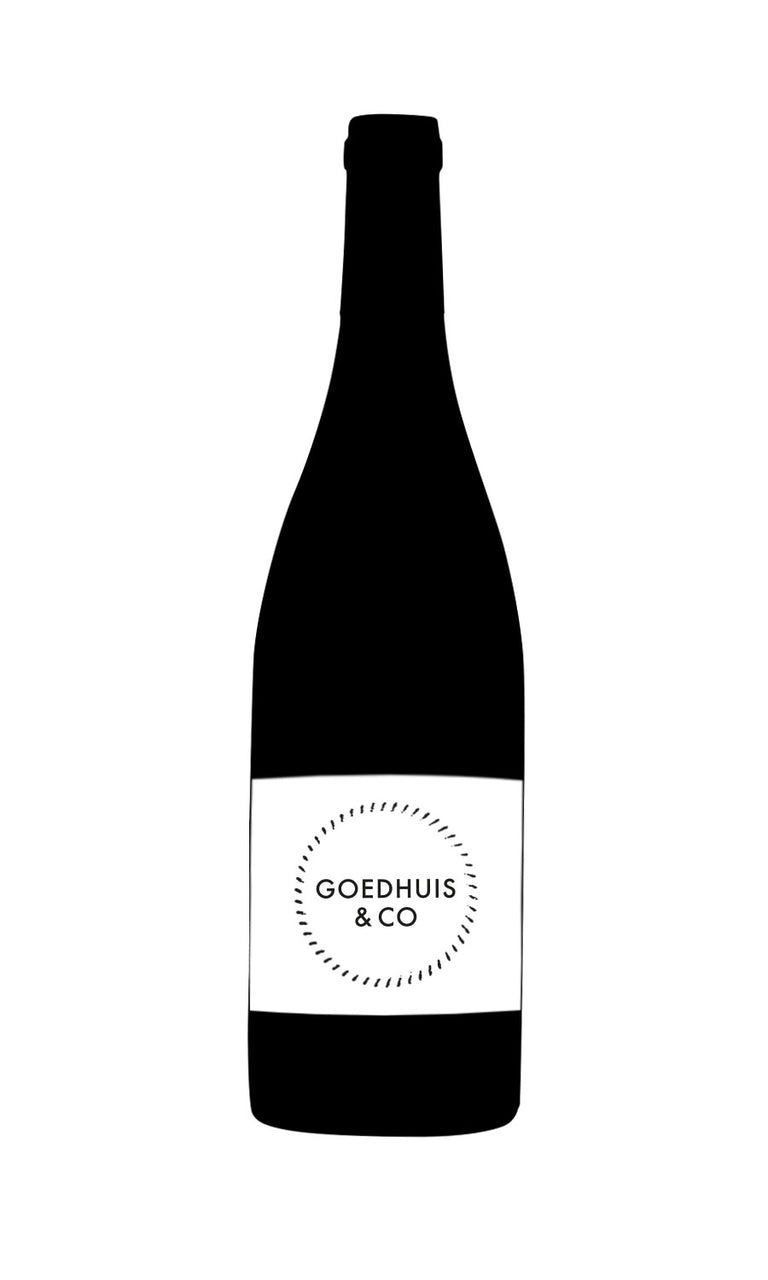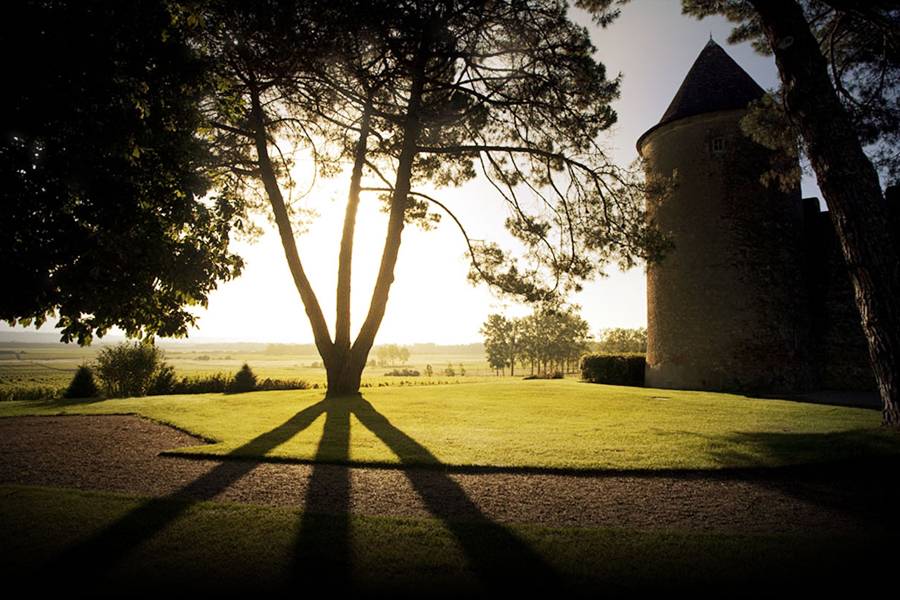
- Colour Port_Sweet
- Producer Château d'Yquem
- Region Sauternes
- Drinking NOW - 2040
- Case size 6x75cl
- Available
1947 - Ch d'Yquem 1er Grand Cru Sauternes (Non OWC)(Damaged Labels) - 6x75cl
- Colour Port Sweet
- Producer Château d'Yquem
- Region Sauternes
- Drinking NOW - 2040
- Case size 6x75cl
- Available
No further quantities available
Go To CheckoutNeed help? Call +44 (0)20 7793 7900 or email wine@goedhuiswaddesdon.com.
-
Neal Martin, February 2017, Score: 97
Tasted almost exactly a year after my previous encounter, this 1947 Château d'Yquem replicated the performance back then. It revealed that burnished amber color, then the glorious, intense and rich bouquet with dried honey, quince and mandarin, that hint of red fruit in the background tracing the birth year back to this hot postwar summer. The palate unctuous, almost heavy in the mouth, the acidity retaining sufficient freshness and poise with a powerful, quite spicy finish that feels extraordinarily long in the mouth. To repeat my earlier sentiment, whilst the 1947 is not up there with the greatest Yquem such as the 1929, 1945 or 2001, it occupies the tier below...and that's good enough for me. Tasted October 2016. Drink 2017-2040
-
Jancis Robinson, March 2005, Score: 18
Wonderful deep tawny. Deep caramel colour. Dried fruit notes on the nose, with a suggestion of candied nuts. Lovely dried-fruit finish. Currants and very, very fresh and lively. Very, very fresh. (So fresh I wrote it twice.) Creamy. Deep flavoured and quite amazingly long. Drink NOW
-
Wine Spectator, May 1999, Score: 97
A refined Yquem blending wonderful finesse and terrific power. From a very good and famous vintage, this '47 is rich, ripe and sweet, yet more elegant than the '45. Offers caramel and tropical notes, racy botrytis-spiked acidity and a long, clean finish.--Yquem vertical. Drink now through 2050.
Producer
Château d'Yquem
Château d'Yquem sits on its own in more ways than one. It has its own rank at the top of the 1855 classification - Premier Cru Supérieur - and it lies near the peak at the centre of the Southern Sauternes appellation. Thomas Jefferson wrote that the best white wine in France was produced there (although it would have been quite a different wine to today's).Once belonging to Eleanor of Aquitaine, Château d'Yquem passed to t...Read more
Château d'Yquem sits on its own in more ways than one. It has its own rank at the top of the 1855 classification - Premier Cru Supérieur - and it lies near the peak at the centre of the Southern Sauternes appellation. Thomas Jefferson wrote that the best white wine in France was produced there (although it would have been quite a different wine to today's).Once belonging to Eleanor of Aquitaine, Château d'Yquem passed to the french crown upon her marriage to the future King Louis VII. After the marriage was annulled, Eleanor was free to marry Henry Plantagenet, who became King Henry II of England, in 1154. Château d'Yquem remained in British hands until the end of the Hundred Years War (1453).The Sauvage dYquem family acquired it in 1593 and maintained ownership until the 18th century, a time throughout which they modified and added to the Château and the reputation of the wine was sealed.Despite the family losing the estate after the revolution, they managed to wrest control of it once more, and Francoise-Josephine Sauvage d'Yquem again continued to build the estate. The estate passed through the Lur-Saluces family until it reached Bertrand de Lur-Saluces. Bertrand introduced the dry white wine "Y" (pronounced ygrec in french). In 1968 upon Bertrand's death, the estate passed to his nephew Alexandre Lur-Saluces who tended the estate until family politics saw the control of the estate land with LMVH and Pierre Lurton who manages Cheval Blanc (also a LMVH property) now looks after the estate. The vineyards are a total of 113ha in all, only about 100ha are actually in production, thus allowing the the replacement of elderly vines and some land to lie fallow. It is planted with 80% Semillion and 20% Sauvignon Blanc, due to the latter's increased productivity, the end result is a more even distribution in the bottle. Yields are about 9hl/ha compared to 20 to 30 hl/ha in other sauternes properties. The site it particulaly susceptible to botrytis, or Noble rot, which causes the grapes to shrivel whilst concentrating the sugars and introducing levels of complexity. Harvest is extremely labour intensive, with several "tries" picking the grapes in the correct condition. The wine is fermented in Oak with typically three years spent in the barrel. On average about 65,000 bottles are produced every year.Read less

Region
Sauternes
It is not an exaggeration to say that these are the greatest sweet wines in the world. They are the result of a serendipitous marriage of grape variety, location, annual weather conditions and human care and determination. The vineyards are located on the banks of the cool spring-fed Ciron river which, in autumn, flows into the warmer tidal Garonne and creates rolling evening mists which clothe the vines until the afternoon sun burns them off the following day. This cycle creates perfect conditions for the development of botrytis cinerea or noble rot, and the resulting grape juice is a super concentrated sweet, ambrosial nectar which makes the most heavenly and complex wines with extraordinary ability to age. In 1855 the wines were classified into first and second growths, with Ch d'Yquem rightly receivingits own super status of premier grand cru. Other stunning wines include Chx Sudiraut, Rieussec, Coutet and Climens. While seductively fragrant and sweet when young, if you can bear to wait, you will be amply rewarded with lusciously rich, exotically complex wine.



